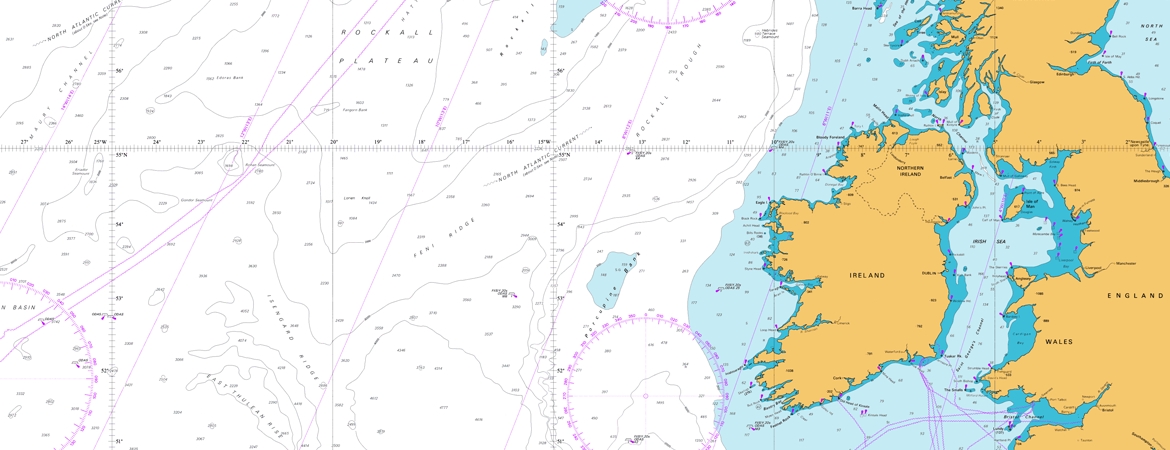PRESS RELEASE
03.02.16
FOR IMMEDIATE RELEASE
‘Innovation in Maritime Navigation’ event 2nd March 2016
On the 2nd March the General Lighthouse Authorities (GLAs) of the UK and Ireland will hold an event to explore the mix of technologies for future maritime navigation in 2030 and beyond, and identify potential complements to GNSS.
- The event will present ways to maintain safety of navigation in increasingly confined and congested shipping areas, supporting economic growth and protection of the marine environment
- It will explore technologies that could complement Global Navigation Satellite Systems (GNSS) for robust cost-effective navigation of ships in the future
- The event is held jointly with the Knowledge Transfer Network and the Royal Institute of Navigation
On the 2nd March the General Lighthouse Authorities (GLAs) of the UK and Ireland will hold an event to explore the mix of technologies for future maritime navigation in 2030 and beyond, and identify potential complements to GNSS.
Whilst GNSS is likely to remain the most accessible and accurate primary source of navigation data, it is not infallible, and can be prone to interference. Navigable sea space is set to shrink, with more traffic and growing obstacles like wind farms and marine conservation areas. Combined with a rise in GNSS jamming incidents, it is clear that the need for complementary technologies to provide robust and reliable navigation data is higher than ever.
Taking place at Trinity House Tower Hill London, the ‘Innovation in Maritime Navigation’ event will consider the potential and practicality of candidate technologies to complement GNSS, and counter threats to maritime safety, including:
- Beacon R-Mode: incorporating a ranging capability on existing DGPS beacon (or AIS) transmissions
- Quantum navigation: using next-generation quantum sensors to drastically improve inertial navigation, when GNSS signals are unavailable
- Signals of opportunity: using existing signals such as mobile, Wi-Fi, TV, and radio signals, to work out the user’s location
- Integrated Navigation Systems supporting ECDIS: multi-system receivers and sensor integration, possibly with innovative water reference systems, to provide position
The event will look at how these technologies, and others, may contribute to a future ship/shore resilient Position, Navigation and Timing (PNT) solution. It will also cover the perspectives of user requirements, research, technology readiness level, commercial exploitation, ship equipage, shore based infrastructure, regulatory action; factors that are important in assessing the future direction of maritime solutions. Presenters include mariners, ship operators, navigation specialists and technology providers and delegates will have the opportunity to network and participate in a Q&A and panel discussion chaired by RAdm Nick Lambert, former UK National Hydrographer. The event is free to attend but delegates must register in advance.
-Ends-
Notes to editors:
About the General Lighthouse Authorities
The General Lighthouse Authorities (GLAs) of the United Kingdom and Ireland are Trinity House, the Northern Lighthouse Board and the Commissioners of Irish Lights. Together, they have the statutory responsibility for the provision of marine aids to navigation (AtoN) around the British Isles. The GLAs' joint mission is the delivery of a reliable, efficient and cost effective AtoN service for the benefit and safety of all mariners.
More information about the General Lighthouse Authorities of UK and Ireland's Research and Radio navigation Department can be found at http://www.gla-rrnav.org/
Press contact:
Alex Cloney at Proof Communication, Tel: 0845 680 1872


